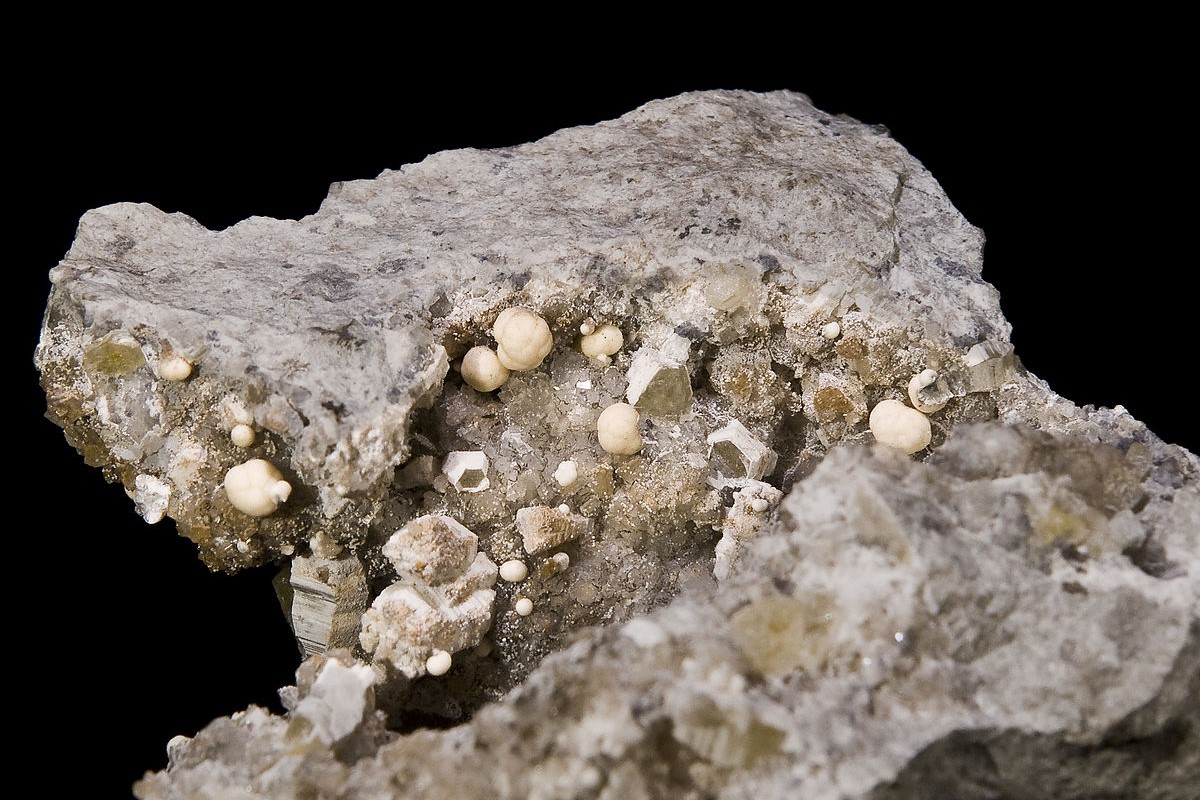
Dresserite might not be a household name, but this mineral holds some intriguing secrets. Found primarily in Canada, it boasts a unique crystal structure that fascinates geologists and collectors alike. Dresserite forms in hydrothermal environments, often appearing as white or colorless prismatic crystals. It's part of the carbonate mineral family, which means it contains carbonate ions bonded with metal ions. This mineral is named after John A. Dresser, a Canadian geologist who made significant contributions to the field. Beyond its scientific appeal, Dresserite is also a visual treat, often forming delicate, needle-like clusters. Whether you're a budding geologist or just curious about the natural world, learning about Dresserite can be a rewarding experience.
Key Takeaways:
- Dresserite is a rare mineral with unique properties, forming in hydrothermal environments. It's prized by collectors and used in geological research and education, making it a fascinating subject for study.
- With its needle-like crystals and glass-like appearance, Dresserite is a valuable mineral for scientific research and educational displays. Found in Canada, USA, and Germany, it offers insights into geological processes and mineral formation.
What is Dresserite?
Dresserite is a rare mineral that fascinates geologists and collectors alike. Its unique properties and formation process make it a subject of interest. Here are some intriguing facts about this mineral.
-
Dresserite is a carbonate mineral composed of barium, aluminum, and carbonate ions.
-
It was first discovered in Canada in the Francon Quarry, Montreal, Quebec.
-
The mineral is named after John Alexander Dresser, a Canadian geologist.
-
Dresserite typically forms in hydrothermal environments, where hot water interacts with rocks.
-
It often appears as white or colorless crystals, sometimes with a hint of yellow.
Unique Properties of Dresserite
Dresserite has several unique properties that set it apart from other minerals. These characteristics make it valuable for scientific research and collection.
-
The crystals are usually prismatic or acicular, meaning they are elongated and needle-like.
-
Dresserite has a hardness of 3.5 on the Mohs scale, making it relatively soft.
-
It exhibits perfect cleavage in one direction, meaning it can easily split along a flat plane.
-
The mineral has a vitreous luster, giving it a glass-like appearance.
-
Dresserite is transparent to translucent, allowing light to pass through it to varying degrees.
Formation and Occurrence
Understanding how and where Dresserite forms can provide insights into geological processes. Here are some facts about its formation and occurrence.
-
Dresserite forms in low-temperature hydrothermal veins, often associated with other barium minerals.
-
It is commonly found in limestone and dolostone rocks, which are rich in carbonate minerals.
-
The mineral can also form as a secondary mineral in the oxidation zones of barium-rich deposits.
-
Dresserite is often found alongside minerals like barite, witherite, and calcite.
-
Significant deposits of Dresserite have been found in Canada, USA, and Germany.
Uses and Applications
While Dresserite is not widely used in commercial applications, it has some specialized uses. Here are a few ways it is utilized.
-
Dresserite is primarily a collector's mineral, prized for its rarity and unique crystal forms.
-
It is used in geological research to study hydrothermal processes and mineral formation.
-
The mineral can also be used in educational settings to teach students about mineralogy and crystallography.
-
Some collectors use Dresserite in decorative displays due to its attractive appearance.
-
Dresserite samples are often included in museum collections, where they can be studied and admired by the public.
The Final Word on Dresserite
Dresserite, a rare mineral, captivates with its unique properties and intriguing history. Found primarily in Canada, this mineral boasts a striking white to colorless appearance. Its crystal structure, composed of barium, aluminum, and carbonate, makes it a subject of fascination for geologists and collectors alike.
Beyond its aesthetic appeal, Dresserite's formation process reveals much about geological conditions. Its discovery in the Francon Quarry highlights the importance of mining sites in uncovering Earth's hidden treasures. While not widely known, Dresserite's rarity and beauty make it a prized addition to any mineral collection.
Understanding Dresserite enriches our appreciation of Earth's diverse mineralogy. Whether you're a seasoned collector or a curious novice, this mineral offers a glimpse into the intricate and often surprising world of geology. Keep exploring, and who knows what other hidden gems you'll find?
Frequently Asked Questions
Was this page helpful?
Our commitment to delivering trustworthy and engaging content is at the heart of what we do. Each fact on our site is contributed by real users like you, bringing a wealth of diverse insights and information. To ensure the highest standards of accuracy and reliability, our dedicated editors meticulously review each submission. This process guarantees that the facts we share are not only fascinating but also credible. Trust in our commitment to quality and authenticity as you explore and learn with us.
